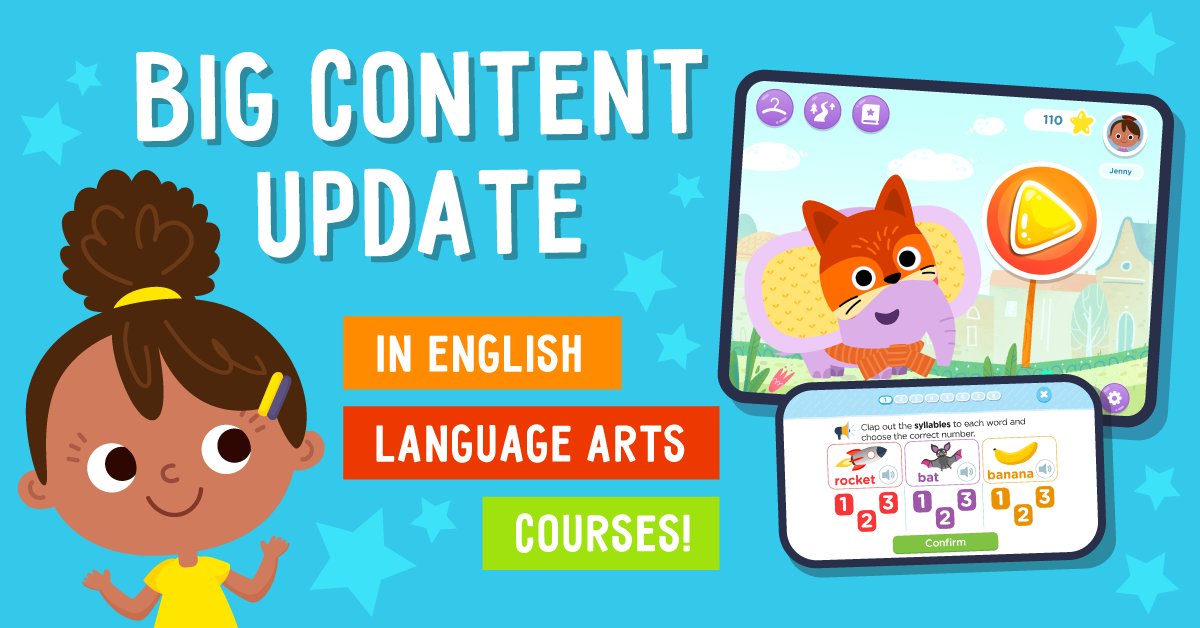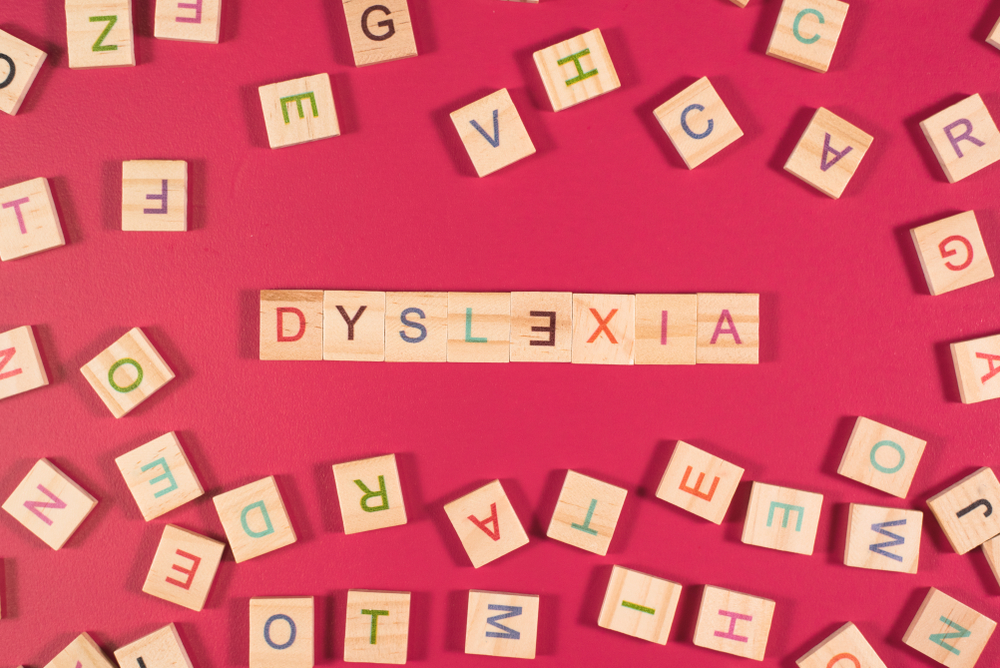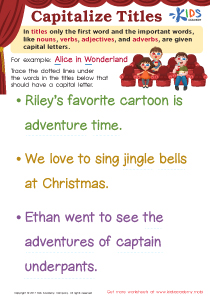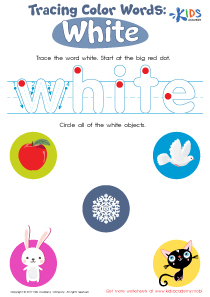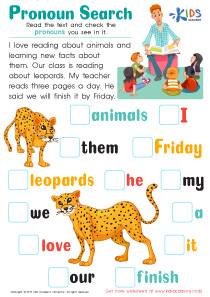Alphabet Recognition Grade 3 Writing Worksheets
7 filtered results
-
From - To
Enhance your third-grade classroom experience with our engaging Alphabet Recognition Writing Worksheets! Designed specifically for Grade 3 students, these worksheets focus on helping children master letter recognition and improve their writing skills. Each activity is crafted to promote creativity while reinforcing the foundational knowledge of the alphabet. Students will enjoy interactive exercises that encourage them to identify, write, and use letters in words, fostering both literacy and fine motor skills. By incorporating these fun and educational worksheets into your curriculum, you’ll provide students with the tools they need for successful reading and writing as they progress in their educational journey.
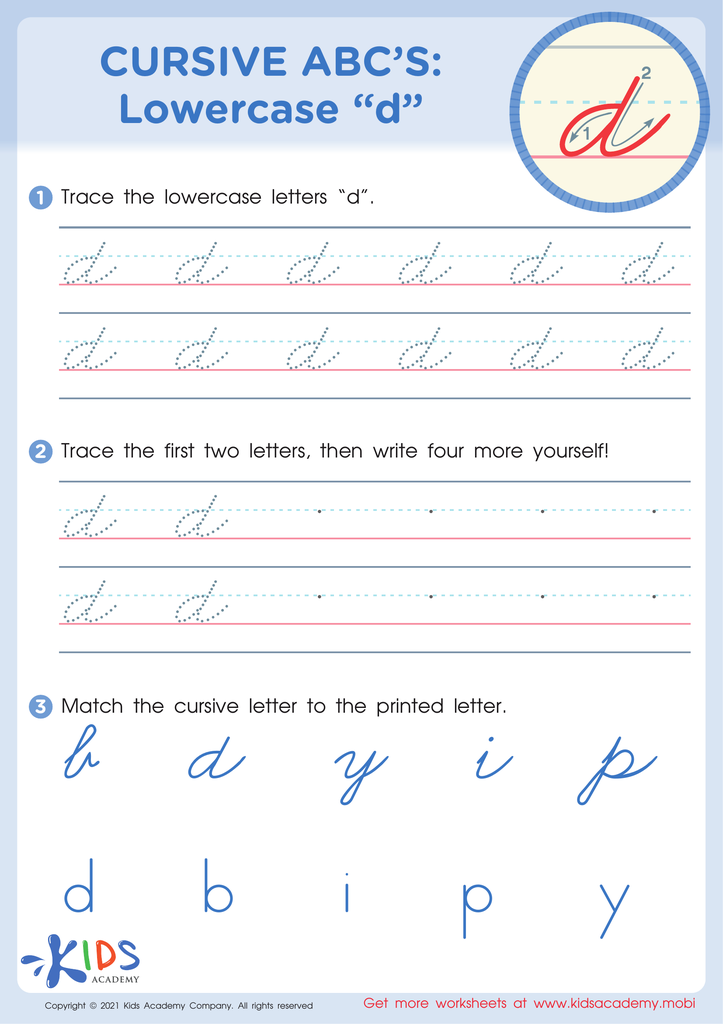

Cursive ABCs: Lowercase d
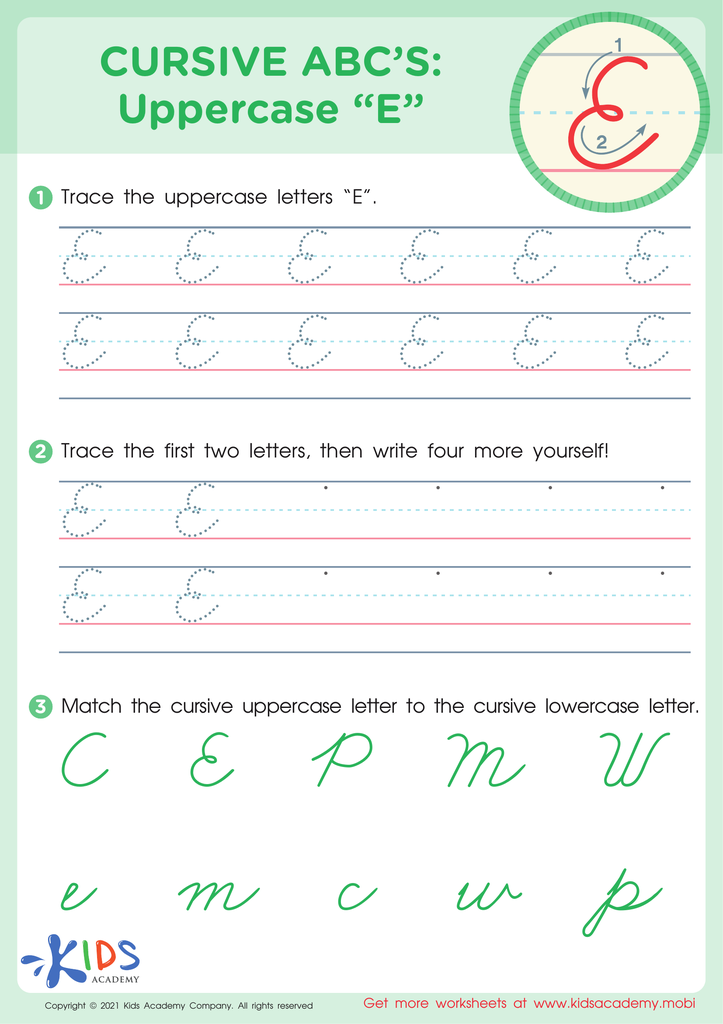

Cursive ABCs: Uppercase E
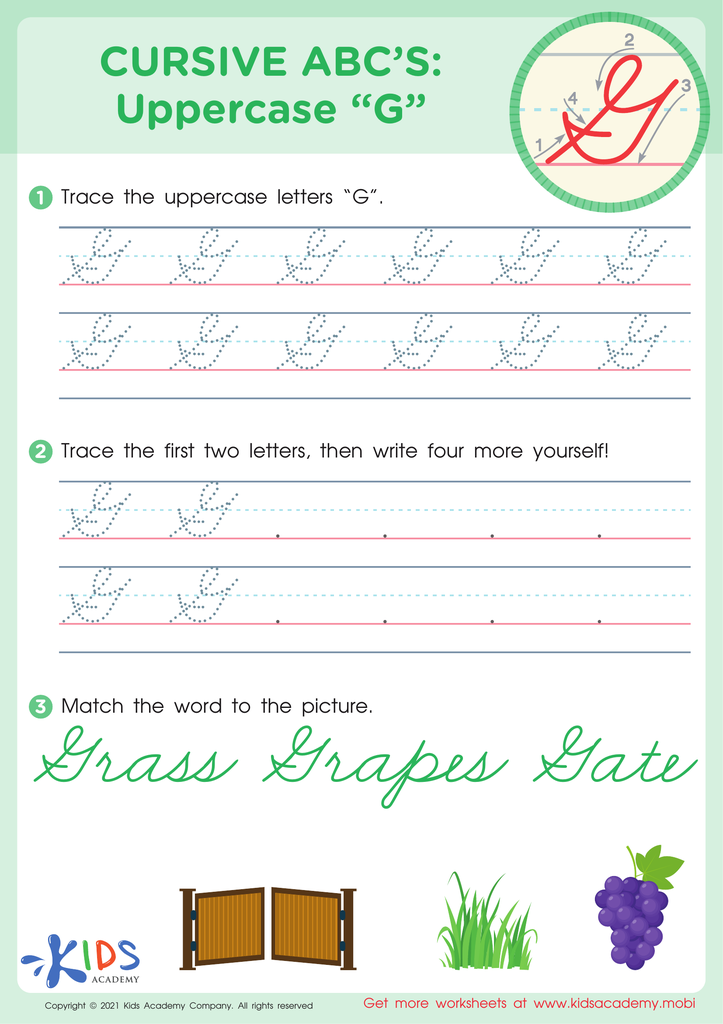

Cursive ABCs: Uppercase G
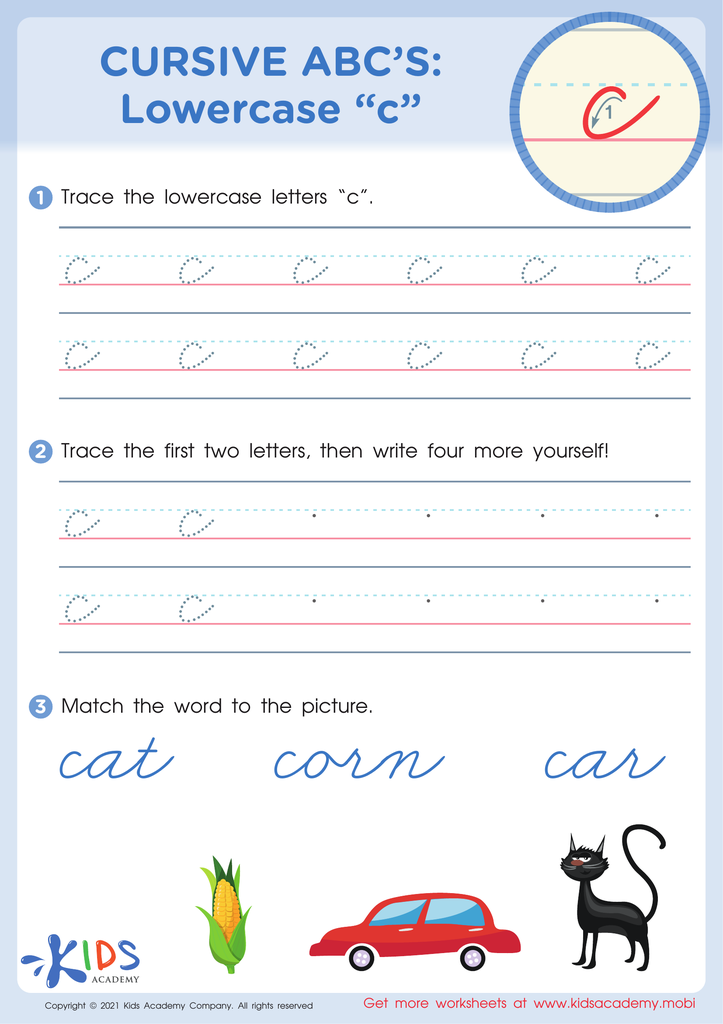

Cursive ABCs: Lowercase c
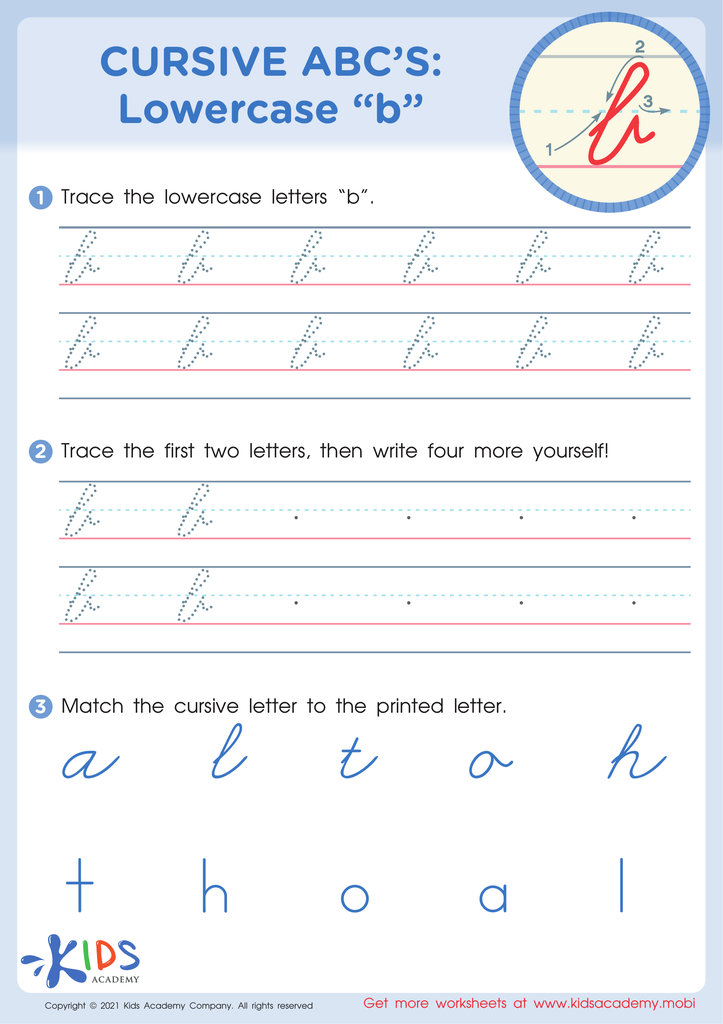

Cursive ABCs: Lowercase b


Cursive ABCs: Uppercase A
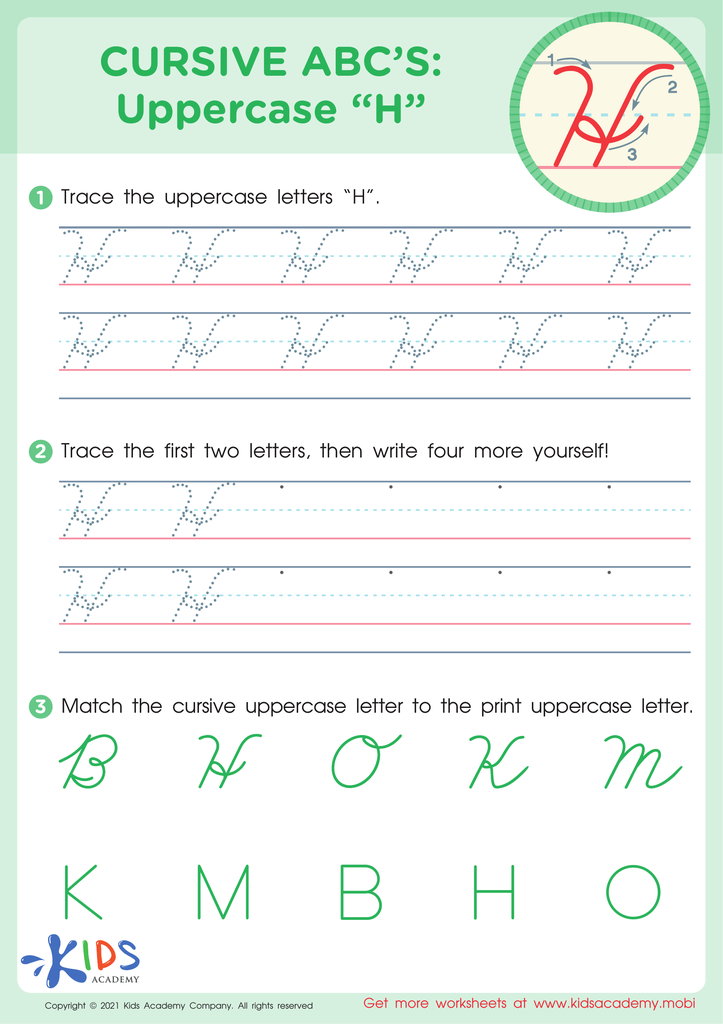

Cursive ABCs: Uppercase H
Alphabet recognition is a foundational skill that significantly impacts a child's writing abilities, especially by third grade. At this age, students should move beyond simply recognizing letters; they should also be adept at utilizing them to express thoughts, ideas, and creativity in written form. When parents and teachers underscore the importance of alphabet recognition, it sets the stage for proficient literacy development.
Understanding the forms and sounds of letters aids children in decoding words, thus enhancing their reading skills. In Grade 3, students are expected to write organized pieces with clear intentions, contributing to their ability to argue, inform, or narrate effectively. A solid grounding in alphabet recognition ensures that children can easily access vocabulary and apply it correctly in their writing.
Furthermore, facilitating alphabet recognition fosters confidence in students, empowering them to express themselves freely. Teachers and parents play vital roles in this journey by encouraging practices such as writing exercises, spelling activities, and playful engagements like letter games. By prioritizing alphabet recognition, parents and teachers equip children with essential tools for academic success and lifelong literacy, making it a crucial focus for educational growth in Grade 3 and beyond.




